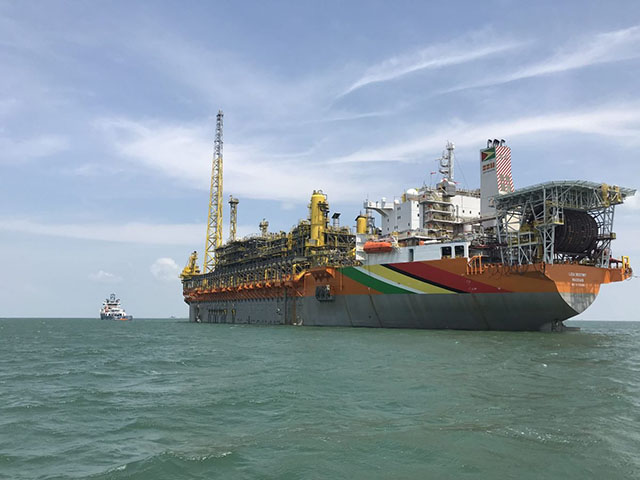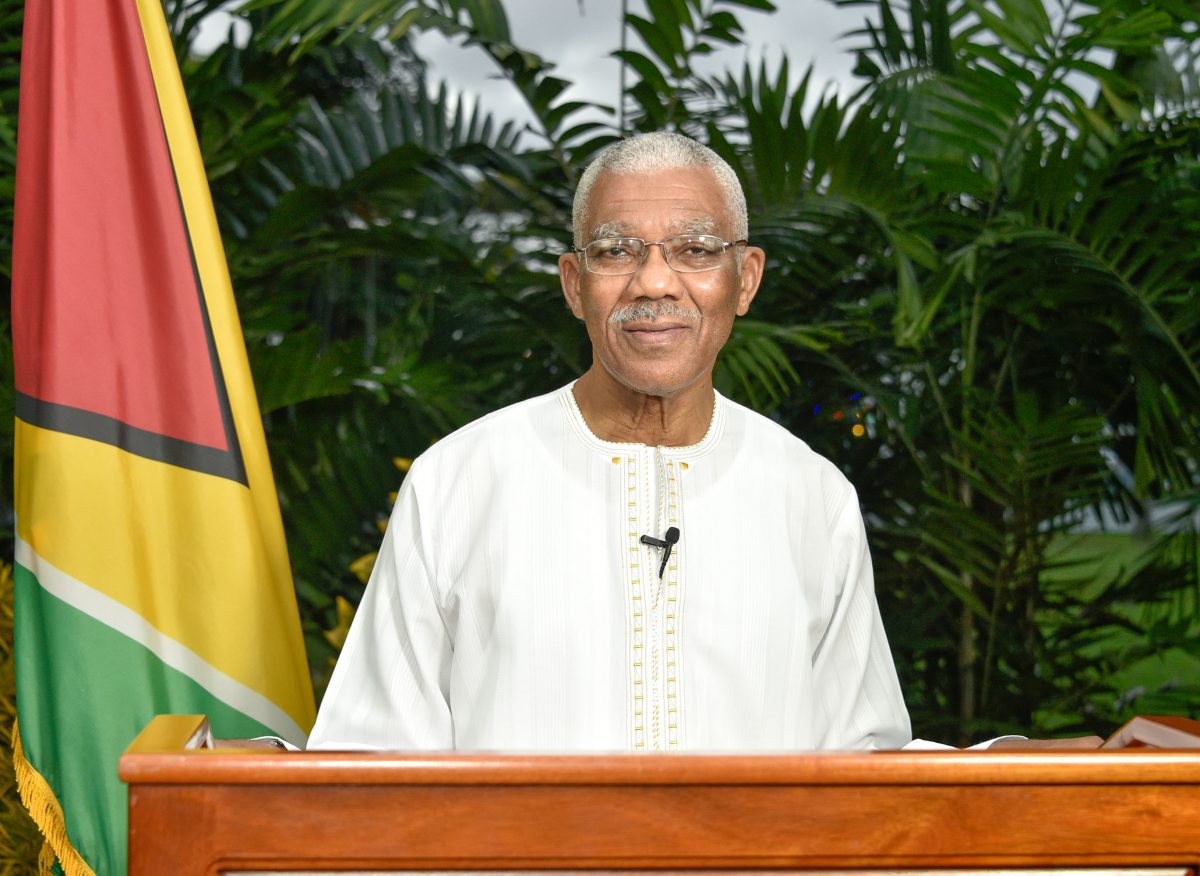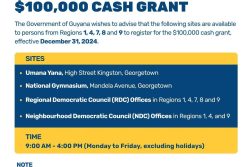For a few days beginning on Friday December 20th when ExxonMobil announced its first ‘lift’ from its Liza 1 well in the Stabroek Oil Block to Monday December 23 when the news broke that a fifteenth oil discovery had been made at the Mako-1 Well southeast of the Liza field in the same Stabroek Block, Guyana grabbed the international headlines in a manner that it had never done previously.
On Monday, the new oil find was placed third on the list of news items that appeared on the on-line version of the prestigious international publication World Oil, the article asserting that Guyana is now set “on a path to potentially vast flows of oil revenues.”
Insofar as a national response was concerned, we had passed that way before, over fourteen oil find announcements, so that ‘first oil’ and the fifteenth Exxon oil find created far more muted responses, never mind the fact that President David Granger, in an address to the nation had announced that he would issue a proclamation declaring December 20th National Petroleum Day.

There is now no mistaking the fact that Monday March 2, the day on which Guyana goes to the polls, assumes an even greater significance. The outcome of the poll will, in effect, determine whether it is the ruling A Partnership for National Unity + Alliance for Change or the opposition People’s Progressive Party that will have the first tilt at managing the oil revenues.
Before that, however, and with oil production now having begun in earnest, the ‘numbers’ assume a new significance. Exxon has a 45% share in the Guyana project, while Hess Corp. has 30% and China’s CNOOC Ltd. 25%. Output from the first phase of the offshore Liza-1 field is expected to reach full capacity of 120,000 gross barrels per day (bpd) in the coming months, with the first cargo to be sold within a matter of weeks, World Oil says.
Largely cut off from the centre of the information loop insofar as updates on the oil production process is concerned, up to this time, Guyanese will, in the period ahead, feel entitled to a more continuous flow of news on the sale of first oil and the returns therefrom and the issue of the management of the oil and gas sector.
World oil disclosed in its article that the current operation is expected to be producing more than 750,000 barrels of oil per day (bopd) by 2025. This would mean, the report says, that “Guyana, with a population of less than 800,000, may end up producing more crude per person than any other country in the world.”
Critically, however, the article raises the key issue of just how the country is likely to benefit from its oil wealth. “While the country has established a sovereign wealth fund, it has been slow to develop regulations to govern the sector and there’s no set plan on how the money will be spent,” World Oil says. President Granger on Monday declared that government has taken steps to safeguard the national interest, asserting that “government will manage petroleum resources prudently………following what he described as a “balanced approach, prioritizing investment in public health, public infrastructure, public security, social protection and other social services.” As well as a focus on “supporting the private sector.”
Whatever the President may say, however, we can expect its political opposition, and particularly the PPP to continue to challenge its ability to prudently manage the oil and gas sector between now and the outcome of the general elections.
This year, particularly, the private sector has stepped up its lobby for what it calls “an enabling environment” in which Guyanese businesses can take advantage of what they see as the significant Local Content opportunities to be derived from the country’s new found oil and gas sector. Locally, the clamour amongst poorer Guyanese is for a near immediate-term poverty-alleviation response from government which is precisely why Professor Clive Thomas’ proposal that by 2025 each Guyanese household gets US$5,000 every year appears to have secured so much traction among ordinary Guyanese despite the seeming reluctance of both the country’s major political parties to commit to the idea.
There was to be further international exposure for Guyana’s vast oil resources on Monday when World Oil reported that ‘Exxon Mobil and its partners” had made yet another major oil discovery offshore Guyana at the Mako 1 well, southeast of the Liza field, “marking the 15th discovery in the Stabroek block. The discovery, World Oil says, “adds to the previously announced estimated recoverable resource of more than 6 billion oil-equivalent barrels on the Stabroek Block.” It quotes Mike Cousins, senior vice president of exploration and new ventures at ExxonMobil as saying that “new discoveries in this world class basin have the potential to support additional developments.”
World Oil reports ExxonMobil as saying that pending government approvals and project sanctioning of a third development, production from the Payara field north of the Liza discoveries could commence as early as 2023.






